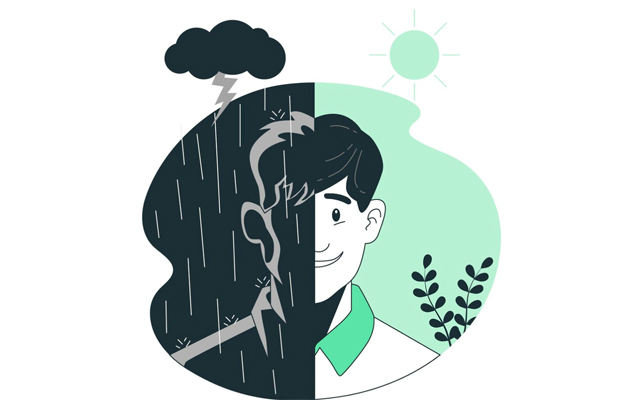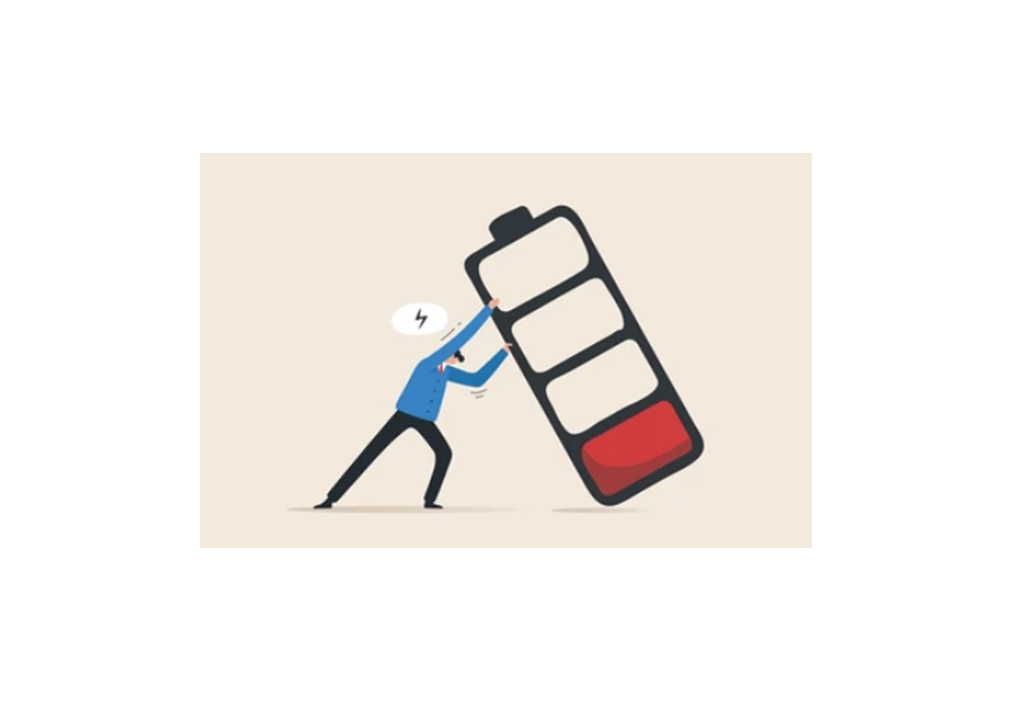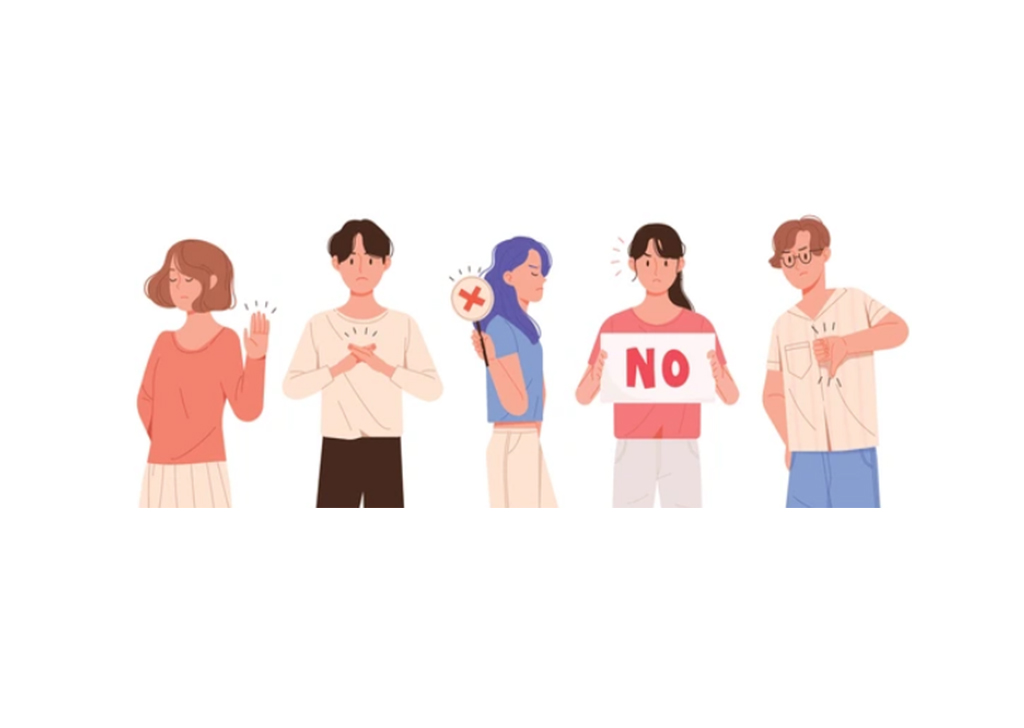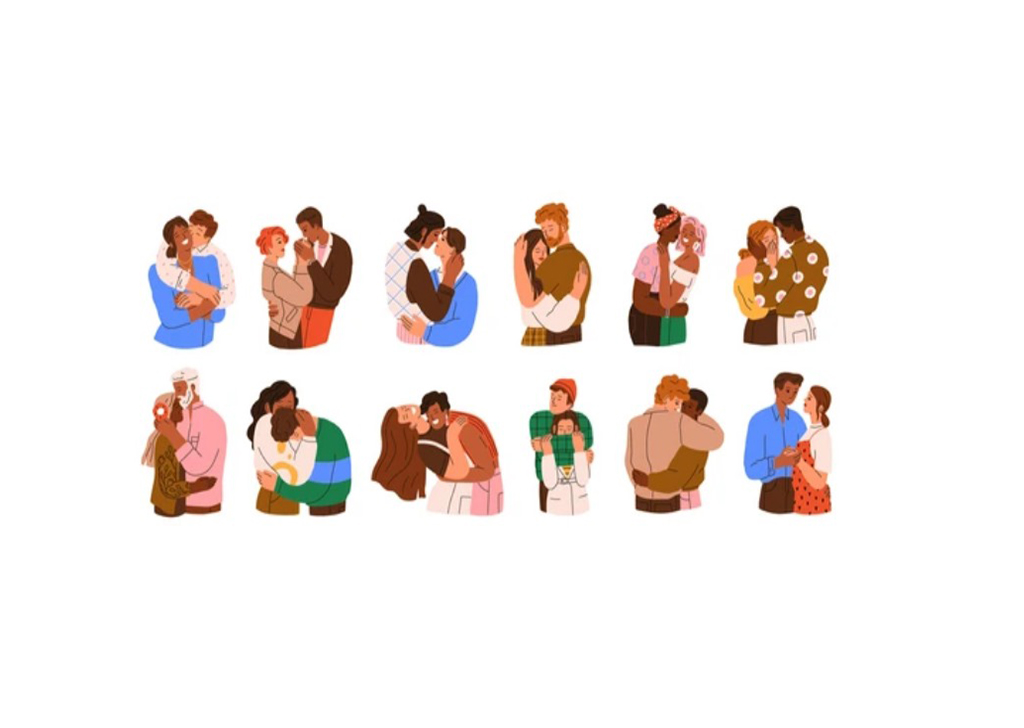Bipolar Disorder and Mood Disorders
Bipolar disorder is defined as a double-sided change in emotion within mood disorders. It is also known as manic depressive disorder. Individuals with this disorder may also experience normal periods during their emotional fluctuations.
The disorder can be caused by genetic factors, physical factors and traumas. This disorder, which begins to manifest itself at the age of 20-25, seriously affects the daily life of the person.
A person in the manic phase can be very talkative, overactive, energetic, reckless, careless, inattentive, have racing thoughts, be prone to alcohol and substance abuse, and have trouble focusing.
A depressed person may be forgetful, hopeless, tired, withdrawn, socially withdrawn, suicidal, anorexic and feel worthless.
Generally, people with this disorder experience manic episodes during the spring and spring seasons, while they show a pattern of depression during the fall and winter seasons. The presence of a manic episode is critical for the diagnosis. After the diagnosis made by the psychiatrist as a result of observations, the treatment process continues with medication and psychotherapy methods. People diagnosed with bipolar disorder are advised to establish routines and stick to those routines.
It is normal for each individual to have normal levels of emotional ups and downs during the day. However, when these emotional changes come to a point where they affect daily activities and reflect negatively on the person's life, they should not be ignored. The concepts of mania, depression and bipolar are included in mood disorders. Sadness and unhappiness are emotions that can be experienced by every individual after a negative situation. When a person continues to be unhappy despite the passage of time and for no apparent reason, depression is a possibility.
There are several types of depression: Postpartum Depression, Melancholic Depression, Psychotic Major Depression, Catatonic Depression, Seasonal Depression, Dysthymic Depression, Bipolar Disorder, Cyclothymic Disorder and Unspecified Bipolar Disorder.
In the manic period, being too active, excitement, talkativeness, rapidly changing thoughts and risky behaviors can be seen, completely different from the depression period. In mood disorders, the individual's vitamin deficiency and thyroid values are also checked. After the diagnosis is made by psychiatrists, the medication and psychotherapy process begins.
Hashtags
bipolar mood mania depression
Categories
Actual Psychotic Diagnoses (Bipolar-Schizophrenia)







